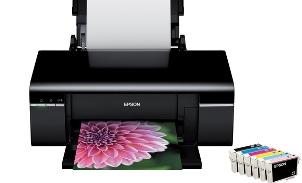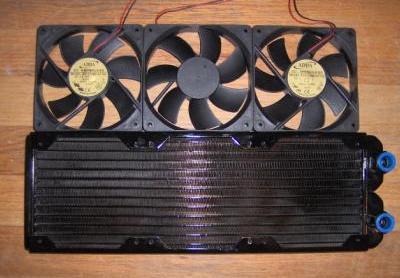Graphical Processing Unit or GPU is the parallel processing along with CPU to increase the speed of the system for applications that are data intensive such as engineering or medical imaging applications. GPU shares some of processing from CPU while the application continues to run on CPU at a higher speed. In the present day world, many object oriented applications run at a higher speed using GPU that is related to a multi core processor.
Use of GPU
GPU overclocking is all about increasing the speed of the graphic card performance higher than that mentioned by the manufacturer. It enhances the end users graphic experience like in the case of high definition gaming. Overclocking of GPU will increase the frame rendering per second for faster processing of image data.
Pre-requisites for GPU Overclocking
For overclocking, there should be a good power source, since it requires higher power for faster processing. We need to increase the speed of the fan for cooling before trying to overclock GPU. The most important part before doing an over clock is that you have downloaded the latest drivers for your PC or Laptop brand. For each brand of graphic card there are specific utilities to monitor the CPU performance at each stage.
Steps for GPU Overclocking
1) Increase the core clock to the maximum limit that your graphic card allows. Increase the clock speed by 10 mega hertz and apply. Once applied you have to test whether the increment has come into affect or not. Before overclocking know about the maximum temperature that your card can withstand. Keep testing your graphic card by increasing the clock speed by 10 mega hertz step by step. Do perform the stress test with every increment of 10 MHz.
2) In the similar manner increase the shader clock speed by 10 MHz and do a stress test till you get the maximum speed.
3) Now, you have set the maximum speed for both the core as well as the shader clock. Conduct a stress test at these levels and see if your graphic card runs without errors. If it has no errors and runs smoothly, then you are all set. In case, your system does not pass the stress test reduce the system memory till your card becomes stable.
4) You can tweak around the Core voltage by increasing to 10 milli volts to further increase the speed of your graphic processing unit or graphic card. However, make sure that you not push the voltage too high, which can make it unstable and damage it.
5) Overclocking can also be achieved by keeping the surrounding temperature around 20 degrees centigrade.
Caution
Though GPU increases the speed of your graphic card, changing the physical parameters such as core time, shader time or tweaking around with the system voltage will void your manufacturer warranty. Hence, no one will replace any component of the system, which gets damaged due to overclocking. So, be double sure before attempting a GPU overclocking.


